Knight's Cross of the Iron Cross, by C. F. Zimmermann (800 20)
CATEGORY: Version
SKU: 01.GTR.0101.107.04.002
Estimated market value:
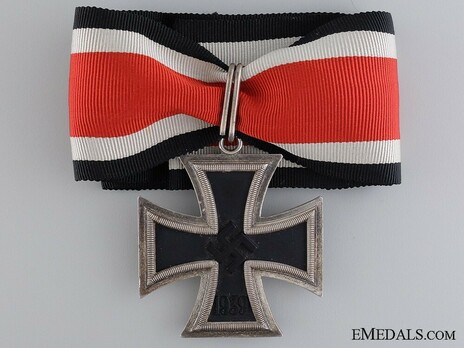
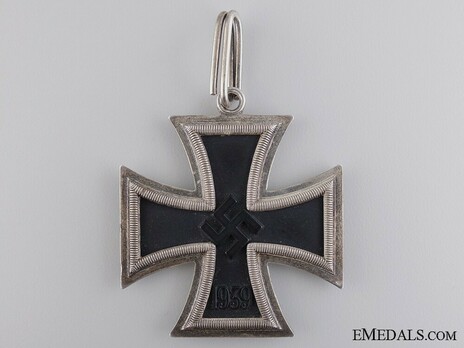
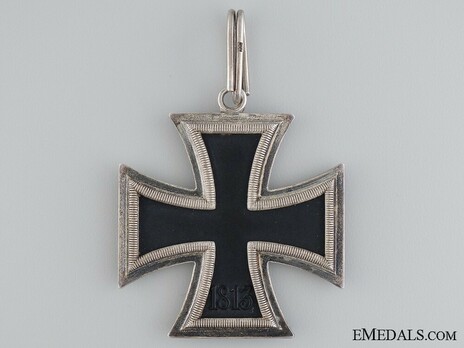

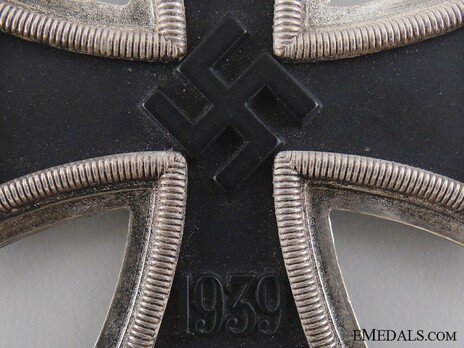
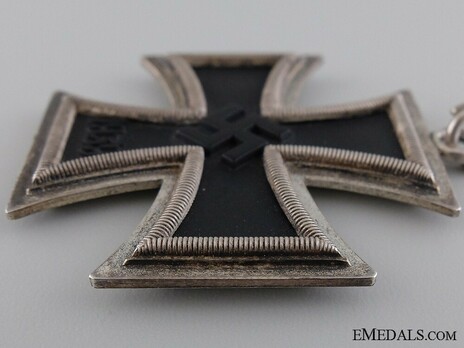
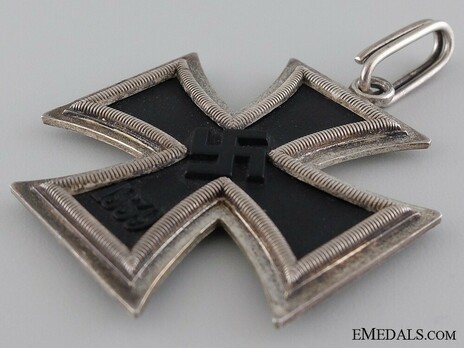
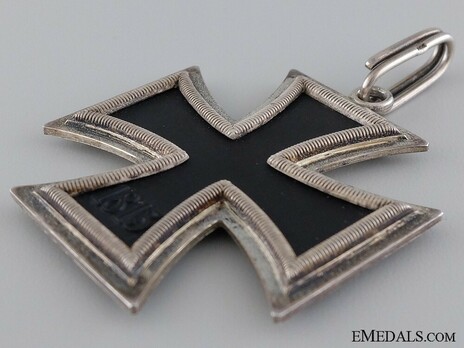
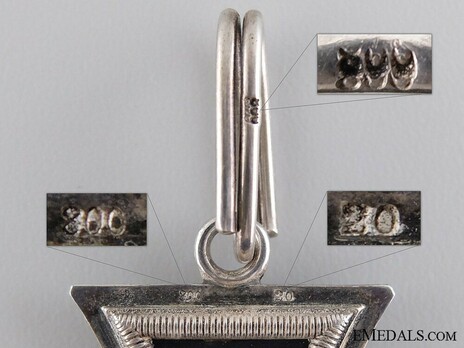
Estimated market value:
A Very Rare Zimmermann Knight’s Cross of the Iron Cross 1939 - iron center, silver frame, marked 800 and 20 on reverse of the frame, textbook example, in unworn, mint condition; with 35cm of original ribbon, and in its original case of issue.
This is the latest version among the Zimmermann crosses. It is also the most common Zimmermann version. It is stamped on the reverse with an "800" stamp for silver grade left of the ring, and "20" for Zimmermann's PKZ maker mark number to the right of the ring.
The Iron Cross was originally founded in 1813 and was considered Germany’s highest military decoration. The Iron Cross was conferred upon military personnel who rendered outstanding service and demonstrated unwavering bravery in the face of the enemy. In order to receive a higher grade, an individual had to first receive a lower grade.
On September 1st, 1939, Adolf Hitler renewed the Order of the Iron Cross and introduced a new grade, the Knight’s Cross of the Iron Cross. The Knight’s Cross was conferred upon military personnel of all ranks and in all branches of the Armed Forces who demonstrated extraordinary bravery and courage in battle. Hitler created the Knight’s Cross to bridge the class divide between the I Class and Grand Cross, as throughout previous wars, the Imperial Grand Cross had strictly been conferred upon high-ranking Commanders and nobility.
In Imperial Germany, a common soldier could never hope to receive the Grand Cross of the Iron Cross. However, in Nazi Germany, the Knight’s Cross was obtainable and could transform a lowly soldier into a national hero.
On June 3rd, 1940, a higher grade, the Knight’s Cross with Oak Leaves, was introduced to distinguish individuals who had already won a Knight’s Cross, but continued to demonstrate merit and bravery in battle.
On September 28th, 1941, two higher grades, the Knight’s Cross with Oakleaves and Swords and the Knight’s Cross with Oak Leaves, Swords and Diamonds, was also introduced.
On December 29, 1944, the final grade, the Knight’s Cross with Golden Oak Leaves, Swords and Diamonds, was introduced. The Award was to be conferred upon 12 separate individuals who had already been decorated with all other grades of the Order. However, only one award was ever made, to Oberst Hans-Ulrich Rudel on the date of institution.
The 1939 Knight's Cross of the Iron Cross replaced the Pour le Mérite.
The Knight’s Cross was first produced in 1939 and the prototype was manufactured by Steinhauer & Lück of Lüdenscheid. Eventually, other manufacturing firms were contracted to produce the Knight’s Cross. Each firm was allocated a code number to indicate which decoration they had produced. Official award pieces were regulated by the Präsidialkanzlei, and pieces intended for private purchase were regulated by the LDO. LDO pieces were generally stamped with a maker’s code that had an “L” prefix, with or without a slash (ex: L or L/), while Präsidialkanzlei items were stamped with numbers without an “L” prefix.
In 1941, firms were no longer allowed to produce high-ranking awards for private purchases. In addition, existing stocks were given to the Präsidialkanzlei and pieces with “L/” numbers were added to the official award stocks. Therefore, an “L/” marked Knight’s Cross, which was originally intended for sale, became an official award.
The majority of Knight’s Crosses do not feature a maker’s mark, although they do appear on some examples. The maker’s mark would be stamped on the rim of the cross; spurious markings added in the post-war period often result in a distortion to the rim.
The Knight’s Cross is composed of a malleable sheet iron centrepiece and a silver frame. According to the official manufacturing guidelines, the two-part frame was die-struck from silver and features the hallmark “800” on the reverse below the suspension eye. There are examples which feature the hallmark of “900” or “935.” Like the I and II Class, it features a swastika in the center of the obverse and the date of institution “1939” on the lower arm. The reverse is plain and features the original foundation year of “1813.”
There are examples of the Knight’s Cross that do not meet the aforementioned criteria. These crosses are not hallmarked to indicate the silver content of frame, and the centers are composed of either blackened copper or brass. In addition, some example feature a centrepiece that is composed of non-ferrous metal, such as zinc.
There are numerous Knight’s Cross design variations. In addition, there are examples of the Knight’s Cross called “Field Conversions” or “Ersatz” Knight’s Crosses. An “Ersatz” Knight’s Cross was a lower grade medal that was converted into a makeshift Knight’s Cross. For example, a Knight’s Cross ribbon loop would be attached to a II Class Cross and the ribbon passed through the new loop.
For further information, especially on identifiers of certain makers, please refer to “The Knights Cross of the Iron Cross and its Higher Grades” by Dietrich Maerz.

Comments
Sign in to comment and reply.


Scroll Top